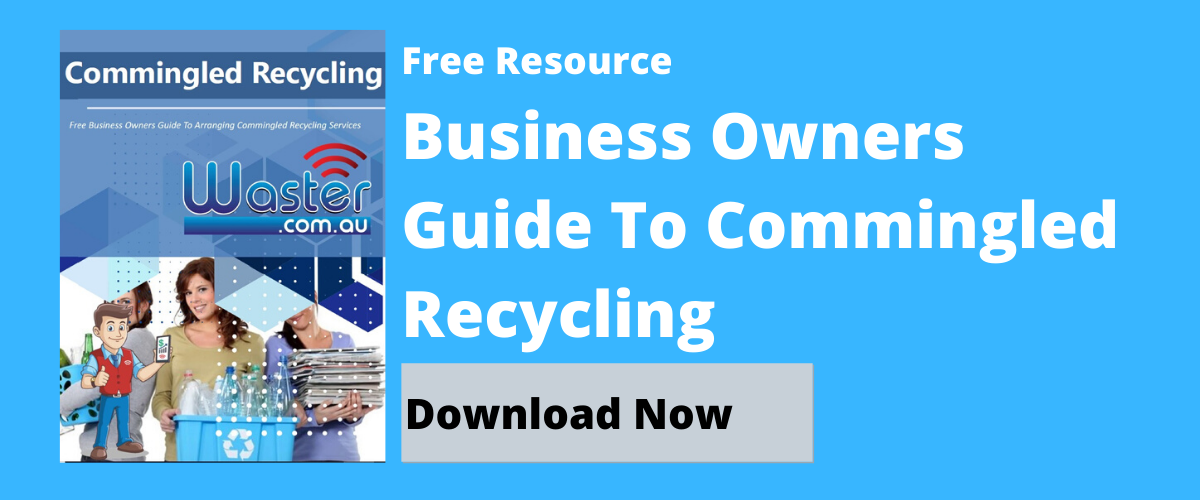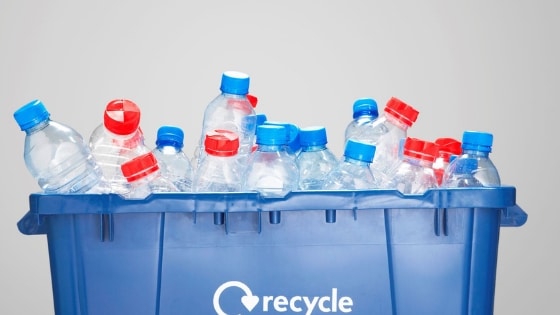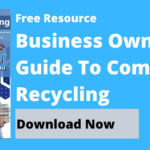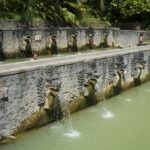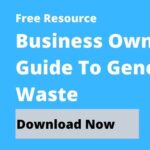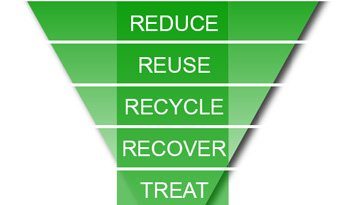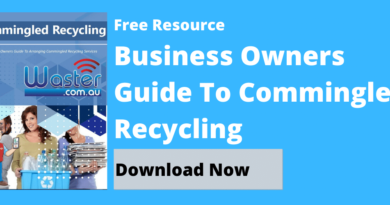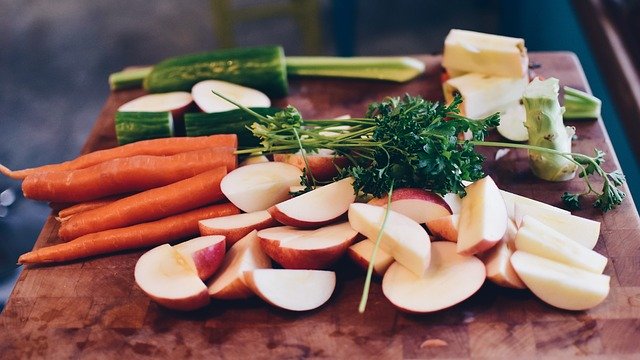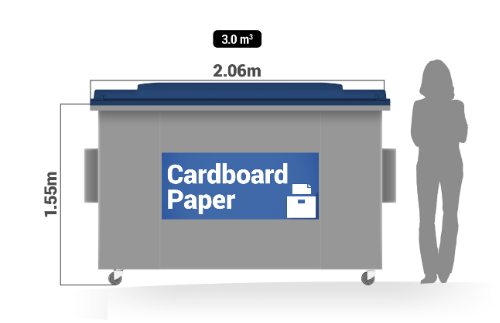NSW Recycling Guide ♻️ – Why We Need Better Info And Guidance!
Energy Disrupter
NSW Recycling Guide ♻️: in the world of Australian recycling in 2021, the blame continues to linger. Households and businesses blame waste haulage companies. In turn, the haulage companies blame the Government (both Federal and State-based) for not investing in enough recycling facilities.
To tell you the truth, no one is really at fault. But for everyone involved, it is always someone else’s fault.
>Download Now: Free PDF Business Owners Guide To Commingled Recycling Bin Services
At Waster, we will never say that Australian waste haulage and disposal companies do everything perfectly. That would, of course, not be true. For example, some time ago, we read about how a major recycling facility in Melbourne metro was fined by the EPA for breaching rules and regulations.
However, for every one of these stories, we can not deny that many businesses and households fail to separate their waste from recycling correctly (or even at all). In many cases, recycling bins are literally full of rubbish. So, therefore, we are in dire need of better NSW recycling guide information for everyone!
About Waster and your business
Waster provides low-cost waste and recycling services to thousands of small and medium businesses throughout Australia every day. We help boost recycling rates and minimise costs as much as possible with our flexible 30-day agreements and access to all recycling services. Additionally, we provide as much info as possible to businesses to make the best decisions (recycling guide Australia).
Waster enables many Australian businesses to access the cheapest bin collection, removal and disposal prices there are in the Australian garbage market. A statement from our very own states that it “requires no lock-in contracts, no unjustified rate increases and no hidden costs“ and operates in all metro regions throughout Australia.
Check out your business options and bin hire prices by clicking below now:
NSW recycling guide: the definition of wish-cycling
The ABC covered some time ago the concept of wish-cycling. Do you have any idea of this concept? Simply put, this pertains to where people dump anything in the recycling bin and “wish” it will be recycled.
“Wish-cycling is the phenomenon of tossing anything and everything that could possibly, maybe, sort of be recycled into the recycling bin.”
“This inconsistent separation of household recycling from rubbish contaminates otherwise reusable materials, increasing costs and the amount of recyclable waste being dumped.
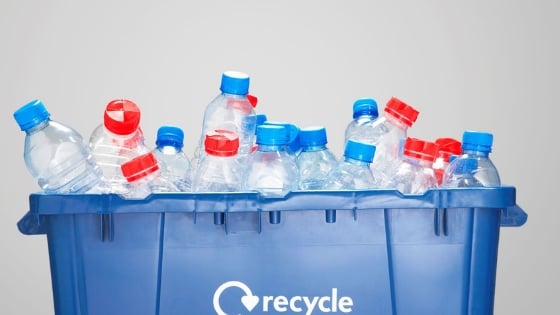

“According to the Australian Packaging Covenant Organisation (APCO), of the 4.4 million tonnes of packaging waste produced in 2017–18, 44 per cent ended up in landfill.”
What is the impact of this on Australian recycling rates?
Due to the increased quality controls implemented by the Chinese recycling industry, huge amounts of Aussie recycling bins are now being labelled contaminated, therefore ending up in landfill. You can read more about this in our blog about China’s waste problem we discussed a while back.
For example, all commingled recycling in the Geelong, VIC area is currently going to landfill.
If we fill bins with rubbish, they will make actual recycling incredibly difficult. But how do we change this without a new NSW recycling guide of recycling guide Australia?
People care but do the wrong thing
In survey after survey, people and businesses say they believe strongly in recycling and really want to boost recycling rates. The ABC, however, quotes stats such as :
“Around 58 per cent of plastic and 23 per cent of glass packaging was put in the wrong kerbside bin, meaning it usually ended up in landfill.”
What would an ideal NSW recycling guide suggest?
Some of the ideas we would suggest for a new recycling guide Australia would include:
- Making people responsible for their waste – The person putting rubbish in the bin is fundamentally responsible for its contents.
- See-through bins – Why see-through bins, you ask? Of course, so people know that recyclables are in the recycling bin. This would not be required for the general waste bin, as it would be an invasion of privacy. Mindarie Regional Council in Western Australia has looked at this option. You can see it here.
- Better packaging details and standards – This simply means making it clear to people what they can and cannot recycle and how they could do so. See a blog here on packaging.
- Investment in better recycling facilities – In other words, material recovery facilities. Technology is improving all the time. In addition, separation systems became much better nowadays. We just need to invest in them as a nation. See a blog on one high tech facility being built in Nowra, NSW.
To help with recycling
At the start of 2021, the Federal and New South Wales Governments added a total of 35 million dollars to bring the total recycling company investment funding to 162 million dollars.
Sussan Ley, the Minister for the Environment, presented the opportunities lying in wait.
”The Morrison Government has established waste and recycling as a national priority, one that is driving economic investment while helping the environment,” Ms Ley said.
“The Recycling Modernisation Fund (RMF) is bringing together states, territories, industry and local government to ensure we are remanufacturing our waste instead of throwing it away.
“We are working with NSW to create jobs and boost recycling capacity as we phase in our waste exports ban and move further towards a circular economy that sees ‘waste’ as an asset.”
Conclusion on NSW recycling guide need
We really need more of a clear understanding of what we can and cannot recycle. We also need to know how we can recycle more effectively. Households and businesses need to take more responsibility as to what will go into their bins. They also need to ensure where their waste will end up.
At the end of the day, the rubbish belongs to the person who produces it. And, the trucking company is just hauling it to the correct facility for processing or recycling.
Check out the video below for what should and should not go inside your commingled recycling bin (i.e., the yellow bin) at all homes and businesses!
[embedded content]
